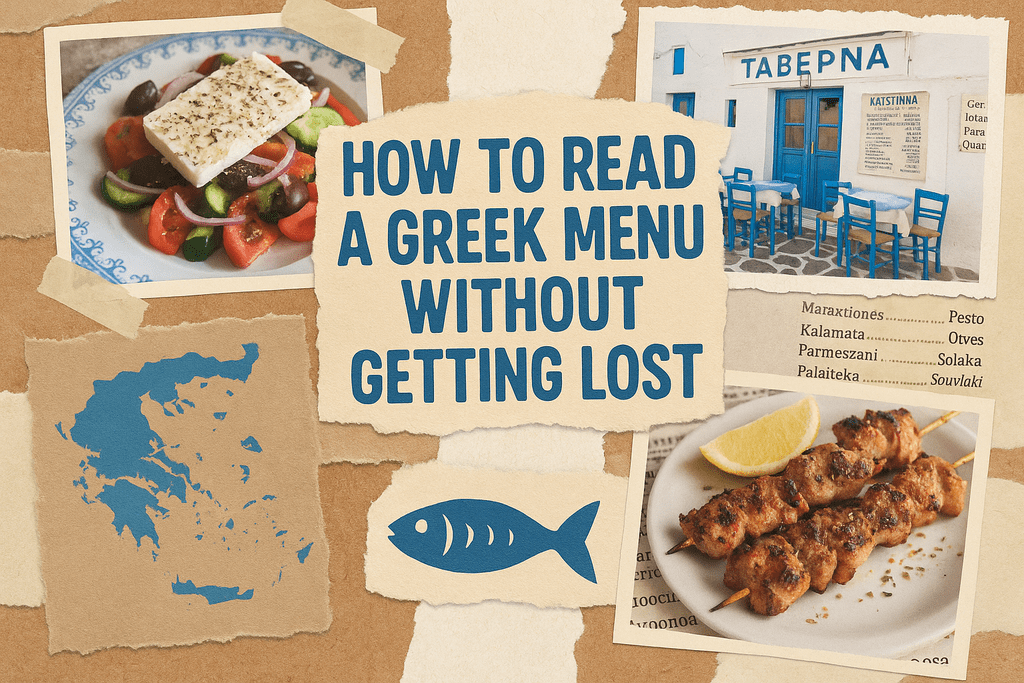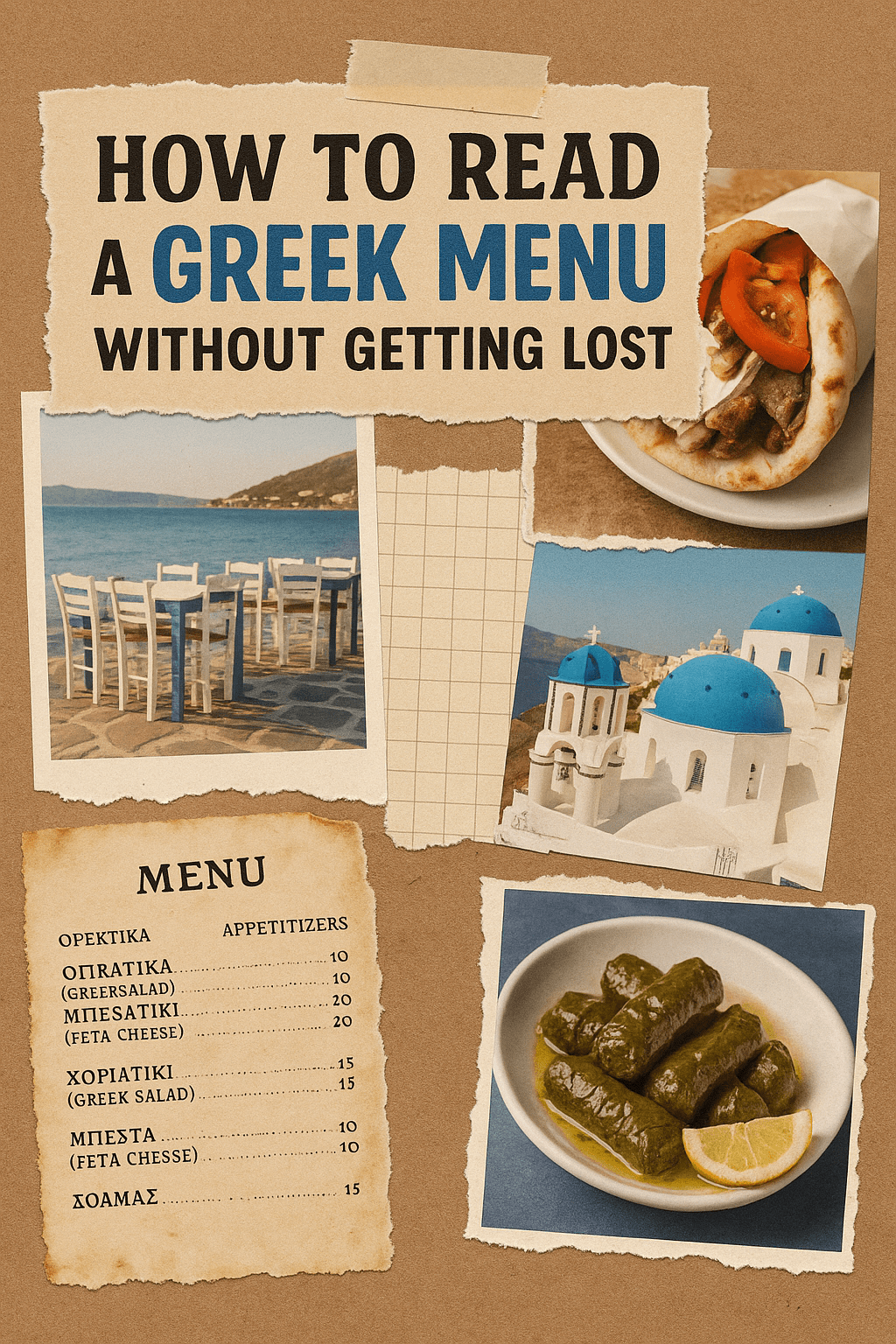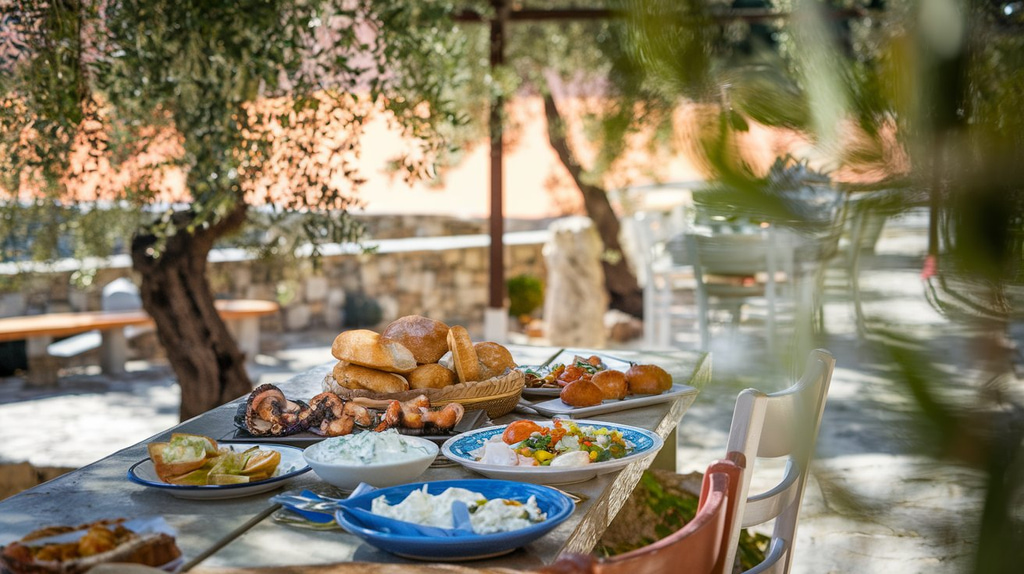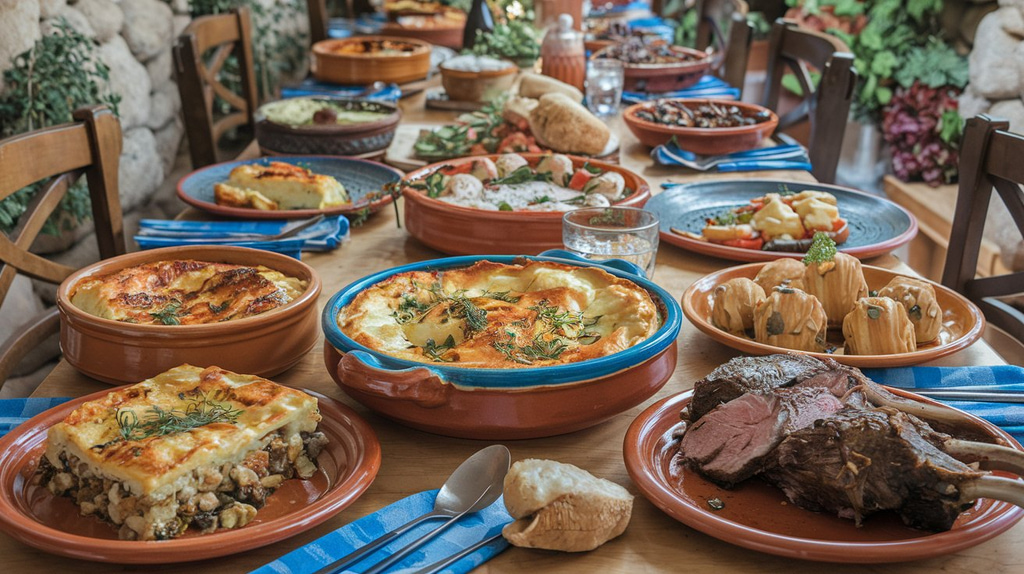How to Read a Greek Menu Without Getting Lost
Greece is one of the world’s most beloved destinations for lovers of food, history, and the sea. But for those who don’t speak the language, sitting down at a traditional taverna and looking at a menu entirely in Greek can be intimidating, even overwhelming. While English menus are common in tourist-heavy areas, if you’re venturing into more authentic, local corners of Greece—especially rural villages, mountain towns, or family-run seaside tavernas—you’ll likely face menus written only in Greek. Even if they are translated, the translations can sometimes be confusing or hilariously wrong. So if you want to eat like a local and truly experience Greek cuisine beyond gyros and souvlaki, this guide will help you confidently navigate a Greek menu and make delicious choices without panic or guesswork.
Understanding the Menu Structure in Greece
Greek menus are often organized differently than menus in Western countries. Understanding the structure is your first step in getting comfortable. Many Greek menus are not broken into familiar “starter,” “main course,” and “dessert” categories. Instead, you’ll likely see sections like Mezedes, Salates, Kyria Piata, Psaria, Kreata, and Glyka. Each of these refers to a type of dish rather than the order you should eat it in. Greeks tend to eat communally, ordering several dishes to share rather than individual plates. This means your menu strategy should be flexible and built around what sounds good to the group.
The Greek Alphabet and Decoding Menu Words
To read a Greek menu, learning a few basics of the Greek alphabet goes a long way. While you don’t need to read fluently, recognizing common letters will help you figure out what you’re ordering. For example, the Greek letter “Π” is “P”, “Δ” is “D”, “Σ” is “S”, and “Ψ” is “Ps”. A word like “Ψάρι” (Psari) means “fish”. Don’t get discouraged by the unfamiliar characters—focus on repeated patterns and root words. Learning just 10–15 words can drastically improve your food experience. These include “kreas” (meat), “psari” (fish), “salata” (salad), “souvlaki” (skewer/grilled meat), and “tyri” (cheese). Often, transliterations are offered, but not always, so basic alphabet decoding can make a big difference.
Key Categories You’ll See on a Greek Menu
Let’s break down the main sections of a traditional Greek menu so you know what to expect.
Mezedes (Μεζέδες) – Small Plates
Think of these as Greek tapas. Mezedes are small dishes meant for sharing, and they’re often served at the beginning of a meal but can easily be the main attraction. You might see items like tzatziki (yogurt, cucumber, and garlic dip), dolmadakia (stuffed grape leaves), keftedakia (small meatballs), saganaki (fried cheese), fava (split pea puree), and gigantes plaki (giant baked beans in tomato sauce). A table full of mezedes is one of the most authentic ways to enjoy Greek food. Don’t overlook cold dishes like taramosalata (fish roe dip) or melitzanosalata (eggplant dip). These are served with baskets of fresh bread or pita and often go best with a small bottle of ouzo or tsipouro.
Salates (Σαλάτες) – Salads
Greek salads are far more varied than the classic “Horiatiki” (Greek village salad) most tourists know. While Horiatiki includes tomatoes, cucumber, olives, onion, green pepper, and a thick slab of feta cheese, other options like maroulosalata (romaine lettuce salad), lachanosalata (cabbage salad), and pantzarosalata (beet salad) are worth trying. Many salads are simple, fresh, and dressed only with olive oil and vinegar or lemon. They’re designed to be light and refreshing, especially in Greece’s hot summers.
Soupa (Σούπα) – Soups
Soups aren’t always present on menus during summer, but in winter months or mountainous areas, you might find avgolemono (chicken-lemon-egg soup), fasolada (bean soup), or magiritsa (a special Easter soup made with lamb offal). These are hearty and filling and reflect Greece’s strong tradition of rustic cooking.
Kyria Piata (Κυρίως Πιάτα) – Main Dishes
This is the closest you’ll get to a “main course” section. Here you’ll find iconic Greek meals like moussaka (layered eggplant, minced meat, and béchamel), pastitsio (Greek-style lasagna), gemista (stuffed tomatoes or peppers), kokkinisto (beef or lamb stewed in red sauce), and youvetsi (meat with orzo baked in a clay pot). These dishes are typically oven-baked or slow-cooked, rich in flavor, and deeply comforting. You may also find more regional specialties like stifado (beef stew with onions and cinnamon) or briam (roasted vegetable medley). Don’t expect everything on this part of the menu to be available daily; many tavernas prepare a small selection of homemade dishes based on what’s fresh and seasonal.
Psaria (Ψάρια) – Fish and Seafood
Fresh seafood is a cornerstone of Greek coastal cuisine. Under this section, you’ll find items like tsipoura (sea bream), lavraki (sea bass), bakaliaros (salt cod), htapodi (octopus), garides (shrimp), and kalamari (squid). Prices are usually listed per kilo, so ask for the weight before you commit. Fish is often grilled simply with olive oil and lemon. You can also order fried fish or seafood stews like kakavia. Don’t miss marides (tiny fried fish) or gavros (anchovies), often served lightly fried and eaten whole.
Kreata (Κρέατα) – Meats
This section will include grilled meats like paidakia (lamb chops), brizola (pork or beef chop), kotopoulo (chicken), and various types of souvlaki. The meat is usually seasoned with oregano, salt, and lemon, and grilled over charcoal. Often it’s served with fries or bread and a wedge of lemon. Lamb is particularly popular and often roasted on a spit or cooked in clay pots with herbs.
Makaronia / Zymarika (Μακαρόνια / Ζυμαρικά) – Pasta
Though not always present on every menu, this section includes pasta dishes with Greek flair, like makaronia me kima (spaghetti with meat sauce), pastitsio, and seafood pasta. Kids and picky eaters often default to this section.
Glyka (Γλυκά) – Sweets and Desserts
Greek desserts are a treat and often offered on the house. Look for baklava (phyllo pastry with walnuts and syrup), galaktoboureko (custard in syrupy phyllo), loukoumades (fried dough balls with honey), and karydopita (walnut cake). Seasonal desserts include spoon sweets (fruits preserved in syrup) and ravani (semolina cake).
Useful Vocabulary for Greek Menus
Learning a few keywords can help you recognize items even if the menu isn’t translated. Here are essentials:
-
Kreas (κρέας) – Meat
-
Psari (ψάρι) – Fish
-
Kotopoulo (κοτόπουλο) – Chicken
-
Arni (αρνί) – Lamb
-
Moschari (μοσχάρι) – Beef
-
Htapodi (χταπόδι) – Octopus
-
Tiri (τυρί) – Cheese
-
Psito (ψητό) – Roasted/Grilled
-
Tiganito (τηγανητό) – Fried
-
Gemista (γεμιστά) – Stuffed
-
Salata (σαλάτα) – Salad
-
Psomi (ψωμί) – Bread
-
Krasí (κρασί) – Wine
-
Nero (νερό) – Water
Tips for Navigating the Menu Like a Local
When in doubt, ask your server for recommendations. Greeks are proud of their food and happy to help. A good trick is to ask, “Ti exete simera?” (Τι έχετε σήμερα;) meaning “What do you have today?” Many tavernas serve whatever was cooked fresh that morning, and this question often leads to the best meals. Also, don’t expect full English fluency in rural areas, but basic words and gestures go a long way. Learn polite basics like “parakaló” (please), “efcharistó” (thank you), and “logariasmo, parakaló” (the bill, please).
Special Dietary Considerations
Vegetarians can eat very well in Greece thanks to the abundance of vegetable-based mezedes and main dishes like gemista, briam, ladera (vegetables cooked in oil), and fava. Vegan options are available, especially during Lent, when meat and dairy are traditionally avoided. Gluten-free travelers should be cautious with fried items (often dusted with flour) and bread, but grilled meats, salads, and legumes are safe bets.
Final Words: Don’t Fear the Menu
Reading a Greek menu doesn’t have to be stressful. With a bit of preparation, a few key words, and an adventurous spirit, you’ll quickly find yourself enjoying some of the most honest, flavorful, and generous food in the Mediterranean. Greek cuisine is about community, freshness, and simplicity—values reflected in how meals are prepared and shared. So whether you’re ordering off a handwritten chalkboard in a Cretan mountain village or a plastic-laminated menu by the Ionian coast, you’re in for something special. Trust your instincts, share dishes, ask questions, and most of all—enjoy every bite.









